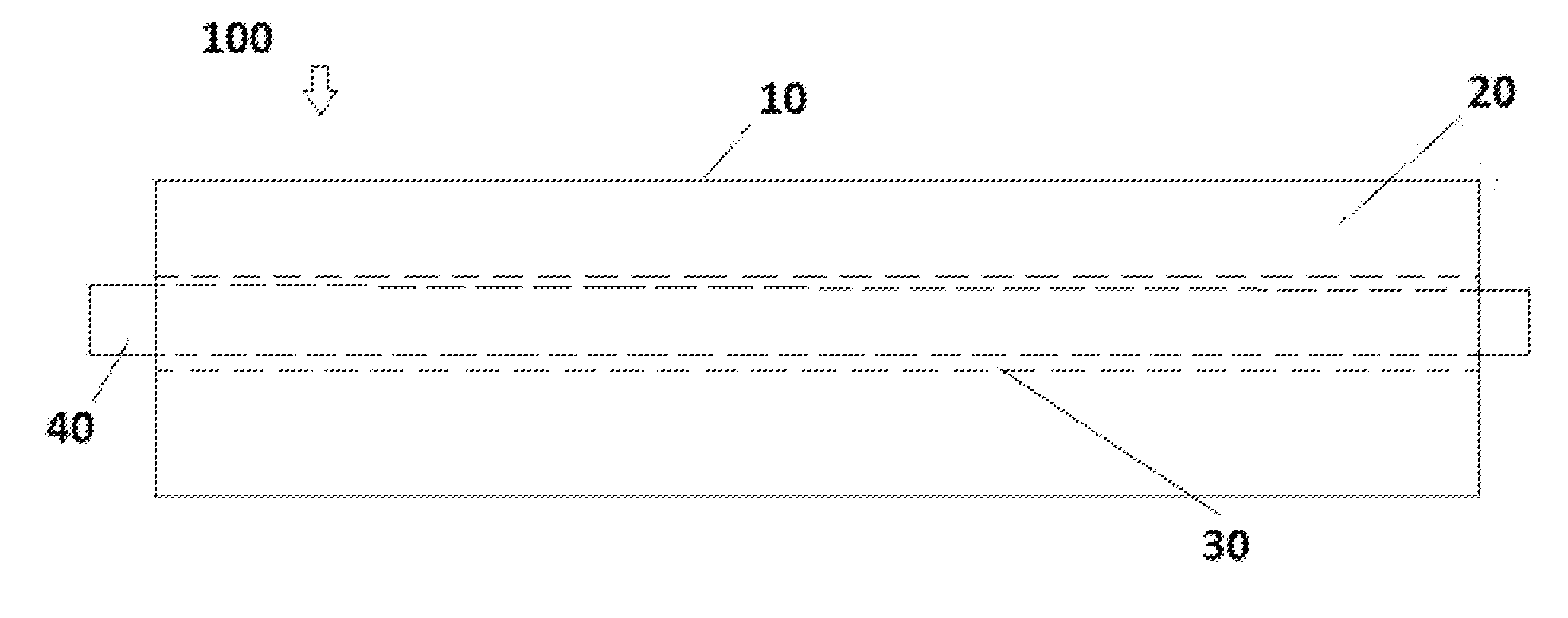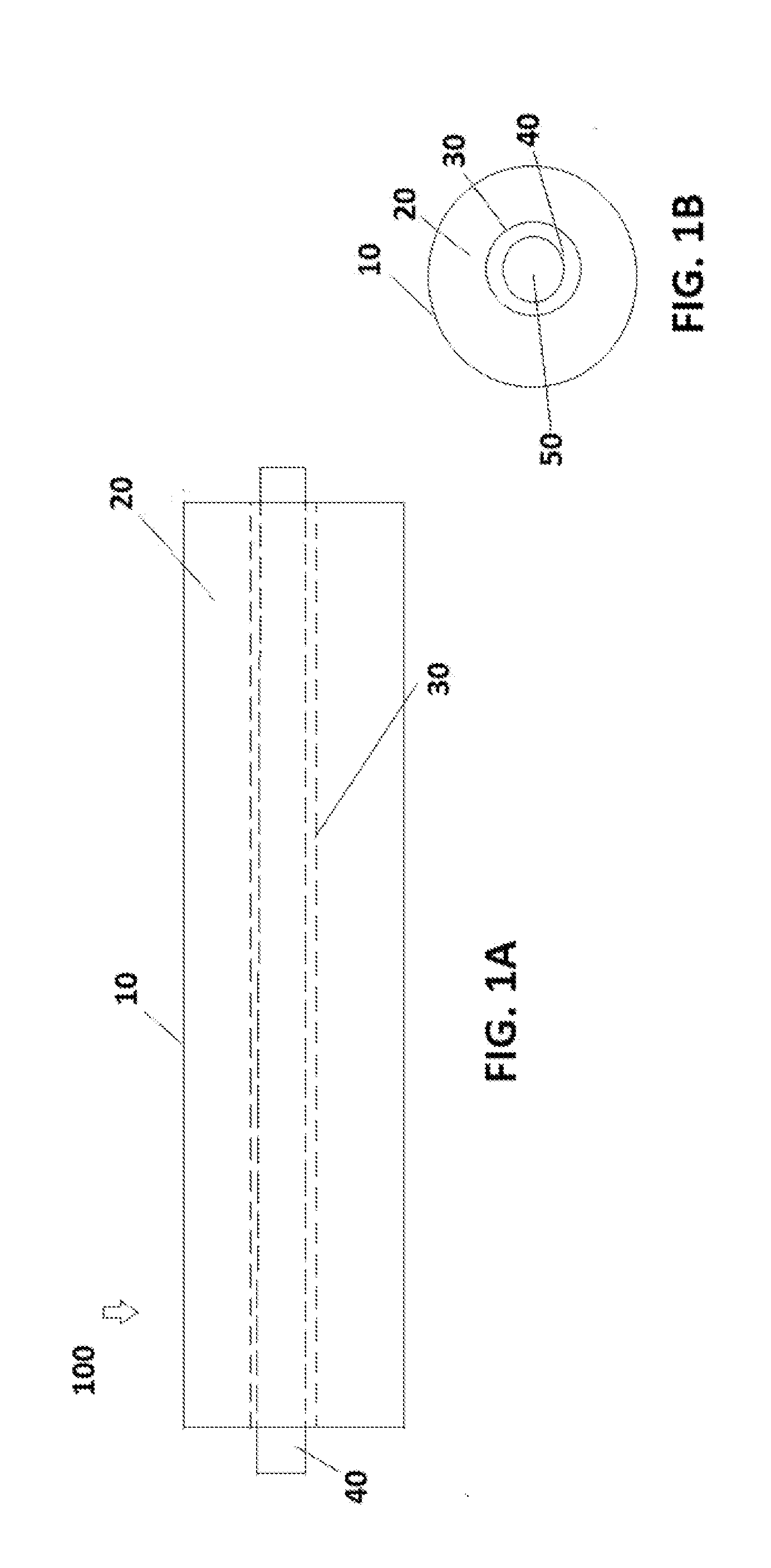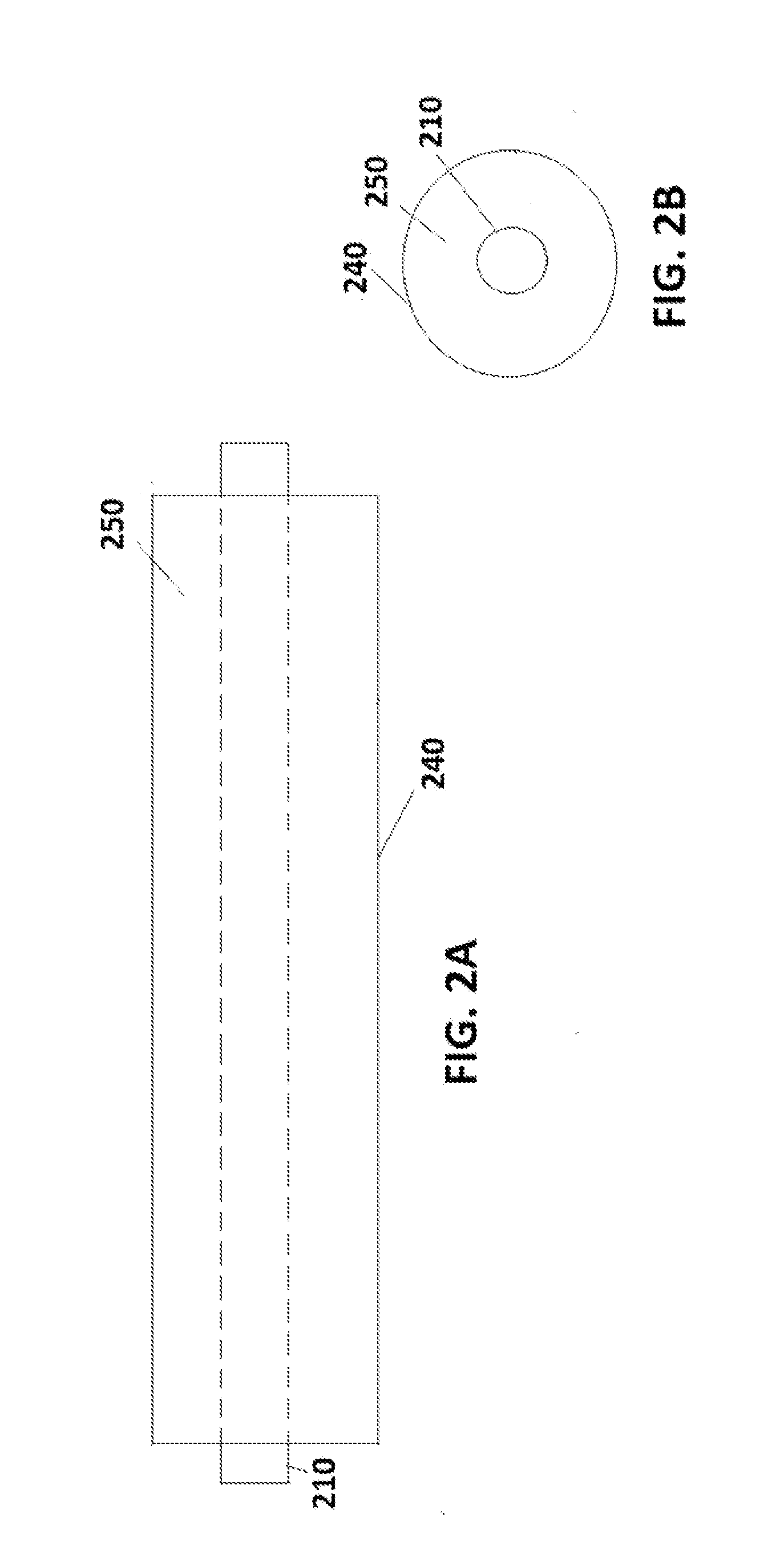Co-administration of Light and a Therapeutic Agent to Stimulate Dysfunctional Mitochondria Affected By a Neurological Disorder
a neurological disorder and therapeutic agent technology, applied in the field of mitochondria, can solve problems such as depletion of cellular energy levels, and achieve the effect of stimulating a dysfunctional mitochondrial
- Summary
- Abstract
- Description
- Claims
- Application Information
AI Technical Summary
Benefits of technology
Problems solved by technology
Method used
Image
Examples
Embodiment Construction
[0022]In accordance with the present invention, dysfunctional mitochondria whose energy production (metabolism) has been reduced due to a neurodegenerative disorder (such as, but not limited to. Parkinson's disease) is improved by subjecting the mitochondria to two different types of external stimuli affecting different levels of the respiratory chain (ETC). The first external stimulus is exposure of the mitochondria in the brain to a controlled amount of light (e.g., photobiomodulation (PBM)) {also known as low level light therapy (LLLT)} in order to: (i) increase photo-activity of the ETC thereby increasing the proton gradient across the mitochondria membrane; (ii) increase energy expenditure; and (iii) increase production of ATP. While the second external stimulus is delivery of a therapeutic agent (e.g., a drug and / or biological compound (e.g., Vitamin K2)) to the mitochondria in the brain. Each external stimulus is discussed in detail separately below. It is advantageous that t...
PUM
| Property | Measurement | Unit |
|---|---|---|
| Time | aaaaa | aaaaa |
| Therapeutic | aaaaa | aaaaa |
| Transport properties | aaaaa | aaaaa |
Abstract
Description
Claims
Application Information
 Login to View More
Login to View More - R&D
- Intellectual Property
- Life Sciences
- Materials
- Tech Scout
- Unparalleled Data Quality
- Higher Quality Content
- 60% Fewer Hallucinations
Browse by: Latest US Patents, China's latest patents, Technical Efficacy Thesaurus, Application Domain, Technology Topic, Popular Technical Reports.
© 2025 PatSnap. All rights reserved.Legal|Privacy policy|Modern Slavery Act Transparency Statement|Sitemap|About US| Contact US: help@patsnap.com



